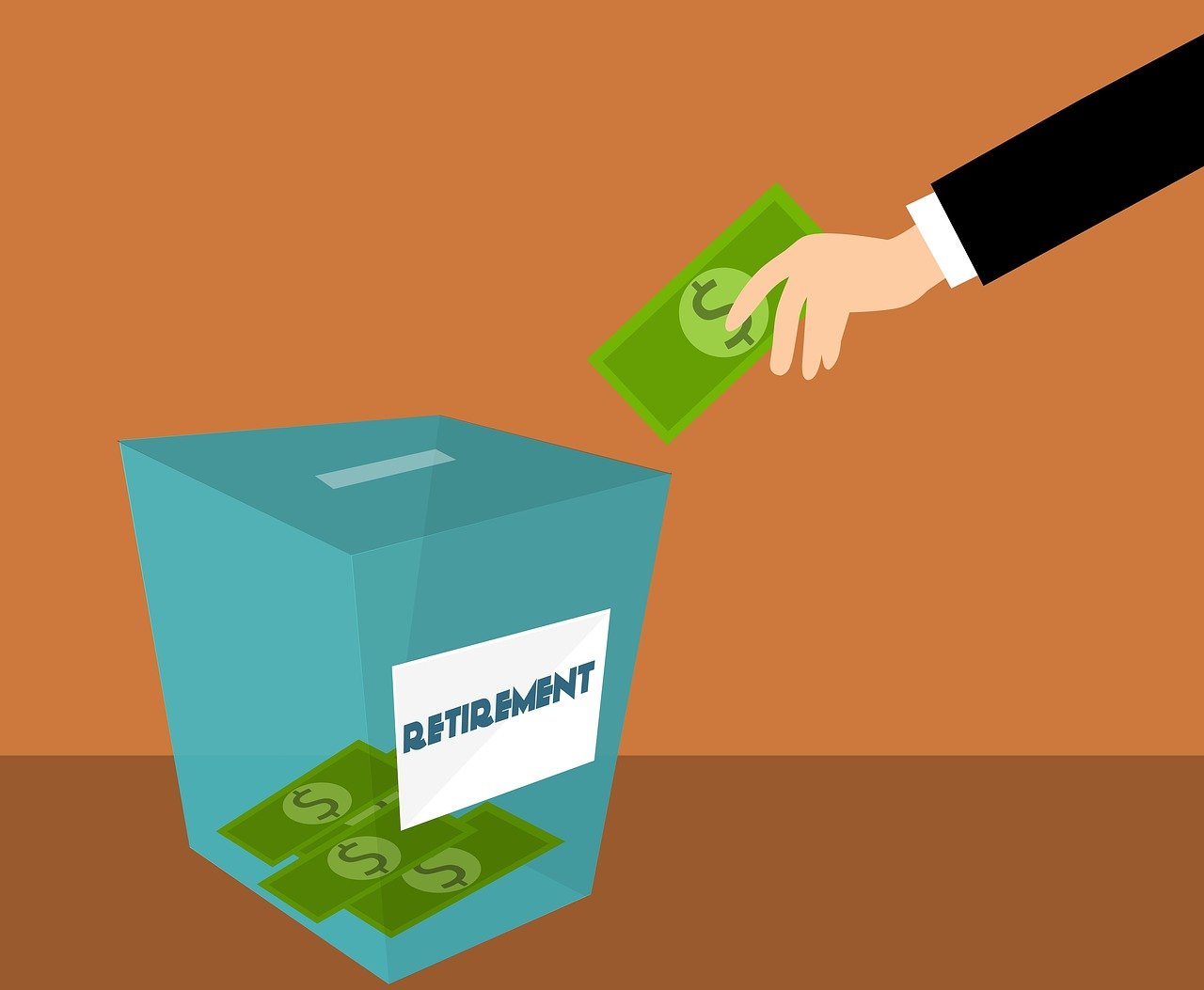In the world of finance, the symbiotic relationship between risk and reward is a fundamental concept that underpins investment decisions. Among the myriad investment options available, bonds have long been a cornerstone for both individual and institutional investors seeking a balance between security and returns. Two prominent categories within the realm of bonds are corporate bonds and government bonds, each offering distinct characteristics that cater to varying investor appetites and market conditions.
Corporations issue corporate bonds to raise capital for various purposes, including research and development, expansion, and debt refinancing. Governments issue bonds to fund public projects and financial needs. Bonds involve lending money to an entity in exchange for periodic interest payments and the eventual return of the principal; they present differing levels of risk and potential rewards.

As investors navigate the intricate landscape of fixed-income investments, understanding the nuances of corporate bonds and government bonds is paramount. This article delves into the multifaceted dynamics of these two bond categories, dissecting the associated risks and rewards. By exploring the factors that influence their performance, assessing the impact of market conditions, and evaluating historical trends, investors can make informed decisions tailored to their financial goals and risk tolerance. Join us as we embark on a comprehensive exploration of corporate bonds and government bonds, deciphering the intricate dance between risk and reward in the pursuit of optimal investment strategies.
Corporate Bonds vs. Government Bonds: Unveiling the Dynamics of Risk and Reward
Corporate bonds and government bonds, while both belonging to the realm of fixed-income securities, exhibit distinct characteristics that shape the delicate interplay of risk and reward in the world of investment. These financial instruments serve as channels through which investors lend funds to issuers in exchange for regular interest payments and the eventual repayment of the principal. In the fascinating dichotomy of corporate bonds and government bonds, a deeper exploration of their features reveals a spectrum of risk and reward profiles that cater to diverse investment strategies and risk appetites.
Corporate Bonds: Navigating Corporate Terrain
Issued by corporations to secure capital for various purposes, such as expansion, research, and development, or debt refinancing, corporate bonds embody a partnership between investors and private enterprises. These bonds come with an explicit promise from the issuer to pay bondholders a fixed interest rate for a predetermined period, culminating in the repayment of the principal amount upon maturity. Essential to assessing the risk associated with corporate bonds is the evaluation of the issuer’s creditworthiness, often reflected in credit ratings provided by renowned agencies like Standard & Poor’s and Moody’s. The grading conveys the issuer’s ability to fulfill its financial obligations, with higher ratings indicating lower default risk.
Government Bonds: A Sanctuary of Stability
In stark contrast, government bonds emanate from sovereign entities seeking funds to finance public projects, infrastructural development, and other national imperatives. Mirroring the structure of corporate bonds, government bonds commit to disbursing fixed interest payments until the bond matures, culminating in the return of the principal amount. The inherent safety of government bonds emanates from the issuer’s power to levy taxes and manipulate economic policy, underscoring their ability to honor debt obligations. This perceived safety has positioned government bonds as a haven for risk-averse investors seeking stability amidst market fluctuations.
Risk and Reward: Balancing the Scales
The crux of the distinction between corporate bonds and government bonds hinges on the level of risk inherent in each. Corporate bonds are intrinsically more vulnerable to default due to the precarious nature of private businesses. The potential for bankruptcy, market shifts, or adverse economic conditions magnifies the risk of non-payment, compelling investors to demand higher compensation in the form of elevated interest rates. This risk-return tradeoff highlights the premise that those who invest in corporate bonds embrace the prospect of higher yields, but simultaneously confront heightened exposure to financial instability.
In contrast, government bonds, fortified by the robust fiscal authority of sovereign entities, embody a lower risk of default. The ability of governments to manipulate economic variables to meet their financial obligations imparts a sense of security, albeit accompanied by more modest interest rates compared to corporate bonds. While government bonds offer a sense of stability, the tradeoff manifests as comparatively lower returns, making them a prudent choice for risk-averse investors who prioritize capital preservation over substantial gains.

Navigating the Spectrum: Informed Investment Choices
In the intricate dance between corporate bonds and government bonds, investors are confronted with the task of aligning their investment strategies with their risk tolerances and financial objectives. The path they choose depends on their appetite for risk and their confidence in the creditworthiness of issuers. By delving into the nuanced dynamics of these bonds, understanding the factors that influence their performance, and closely monitoring market conditions, investors can make prudent decisions that reflect a careful equilibrium between risk and reward.
Which is Better?
The best type of bond for an investor will depend on their individual risk tolerance and investment goals. Investors who are looking for a safe investment with a low risk of default should consider government bonds. Investors who are willing to take on more risk in exchange for the potential for higher returns may want to consider corporate bonds.
Other Factors to Consider
In addition to risk and reward, there are other factors to consider when choosing between corporate bonds and government bonds. These factors include the credit rating of the issuer, the maturity date of the bond, the liquidity of the bond, and the tax implications of the investment.
Conclusion
Corporate bonds and government bonds are both fixed-income securities that offer investors a way to generate income. However, there are some key differences between the two types of bonds. Corporate bonds are riskier than government bonds, but they also offer the potential for higher returns. The best type of bond for an investor will depend on their individual risk tolerance and investment goals.
Here are some additional tips for investors who are considering investing in corporate bonds:
Do your research on the issuer. Before you invest in a corporate bond, it is important to do your research on the issuer and understand their financial health. You can use credit ratings and financial statements to assess the issuer’s creditworthiness.
Diversify your portfolio. Don’t put all your eggs in one basket. When investing in corporate bonds, it is important to diversify your portfolio by investing in bonds from different companies and industries. This will help to reduce your risk if one company defaults on its bonds.
Rebalance your portfolio regularly. As your investment goals and risk tolerance change, you will need to rebalance your portfolio. This means selling some bonds and buying others to maintain your desired asset allocation.
By following these tips, you can help to reduce your risk and maximize your returns when investing in corporate bonds.





